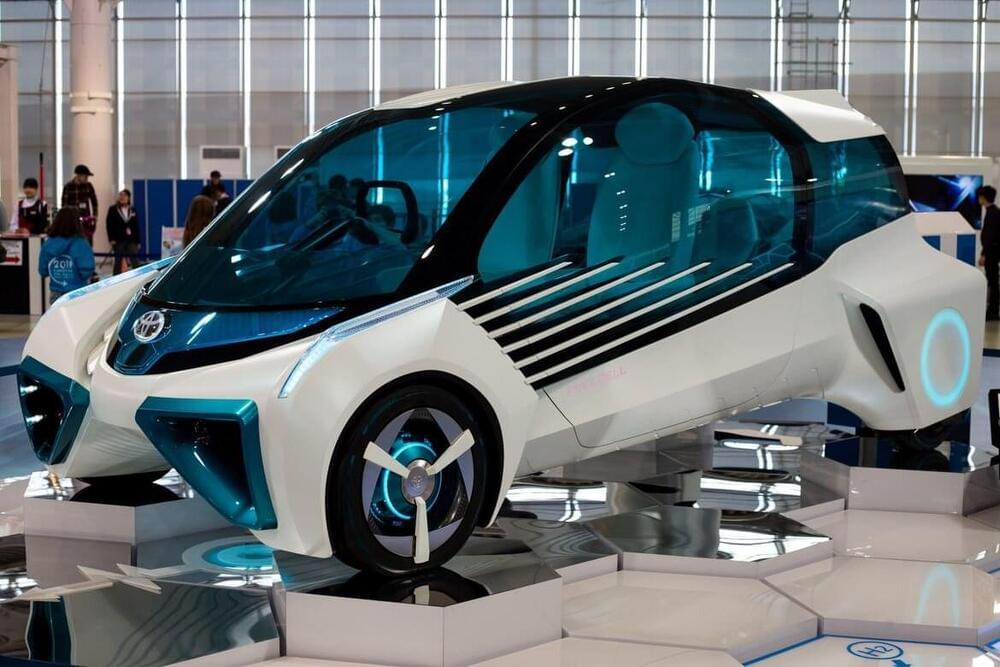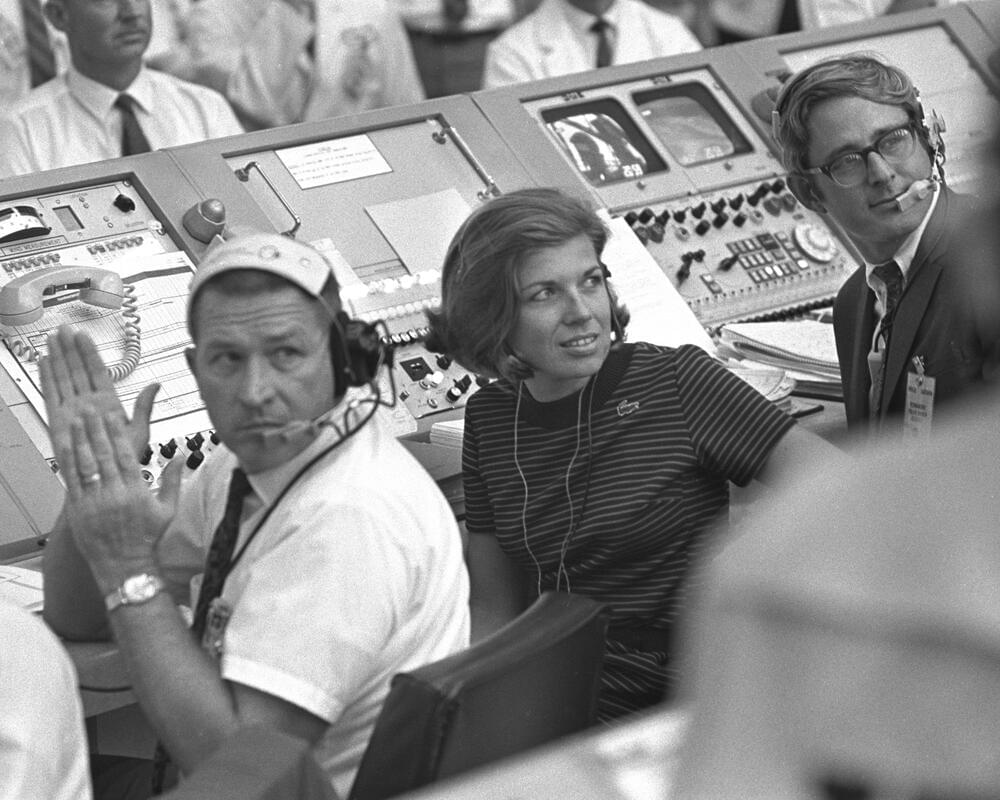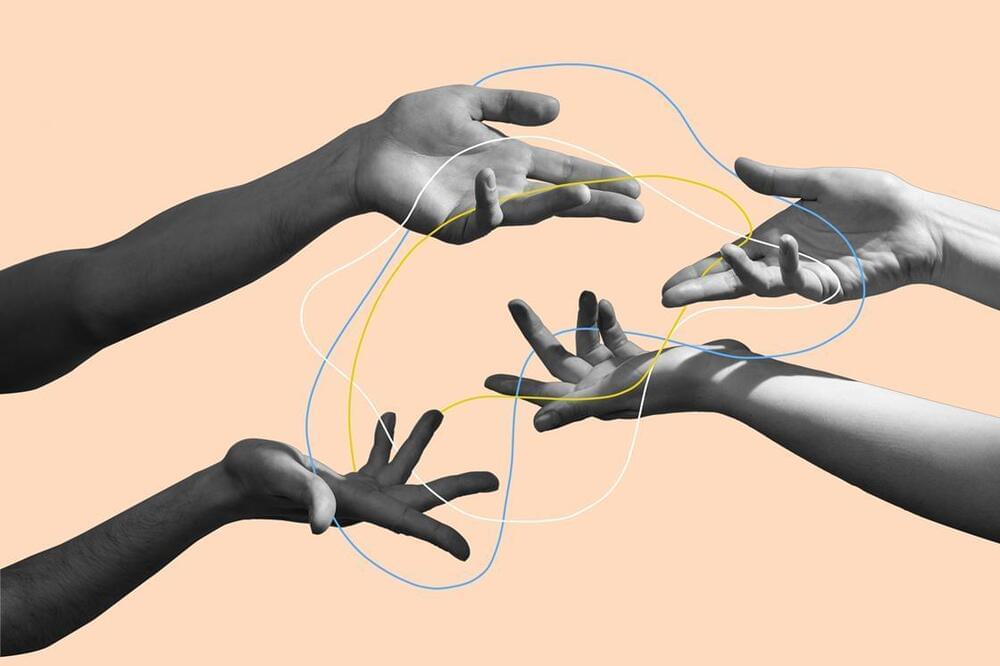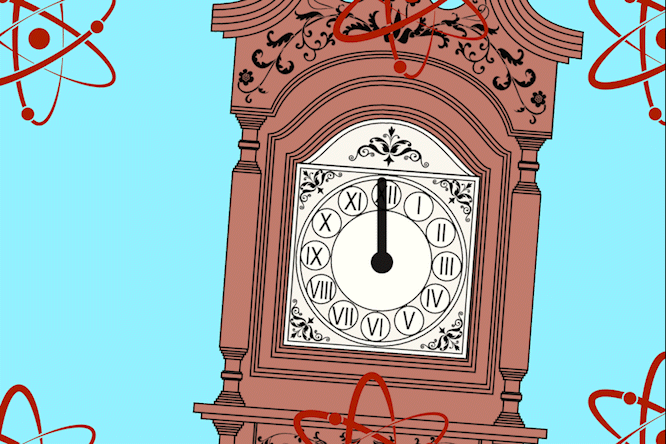Jul 24, 2022
Possible step toward cheaper hydrogen-based energy: Predicting performance of catalysts in fuel cells
Posted by Wise Technology in categories: energy, sustainability, transportation
A study led by UCLA researchers could help accelerate the use of hydrogen as an environmentally friendly source of energy in transportation and other applications.
The team developed a method for predicting platinum alloys’ potency and stability—two key indicators of how they will perform as catalysts in hydrogen fuel cells. Then, using that technique, they designed and produced an alloy that yielded excellent results under conditions approximating real-world use. The findings are published in the journal Nature Catalysis.
“For the sustainability of our planet, we can’t keep living the way we do, and reinventing energy is one major way to change our path,” said corresponding author Yu Huang, a professor of materials science and engineering at the UCLA Samueli School of Engineering and a member of the California NanoSystems Institute at UCLA. “We have fuel cell cars, but we need to make them cheaper. In this study, we came up with an approach to allow researchers to identify the right catalysts much faster.”


















